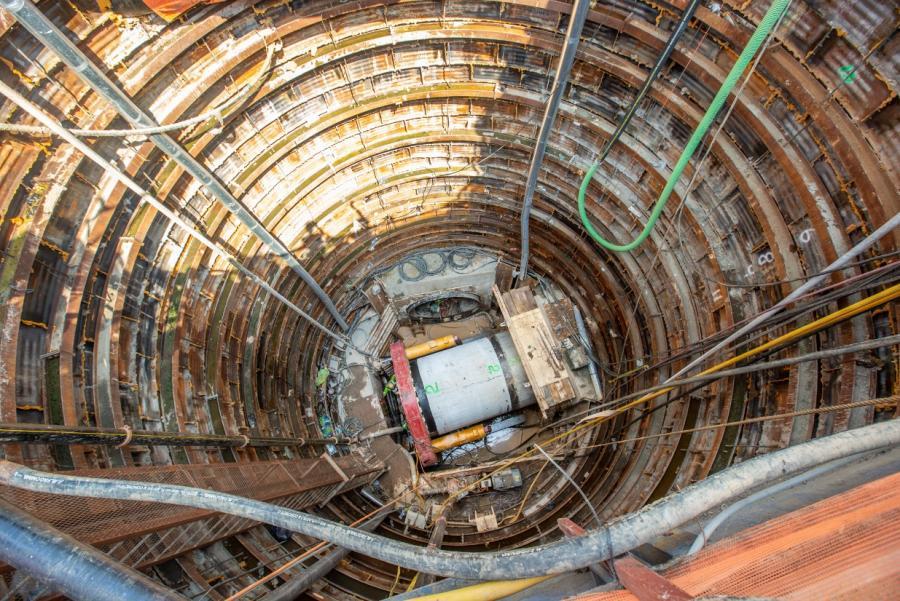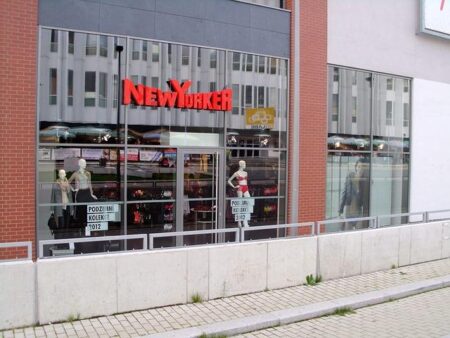Revitalizing New York City’s Sewer System: A Crucial Step Toward a Sustainable Urban Future
Understanding the Complexities of New York City’s Outdated Sewer Network
New York City’s sewer infrastructure, much of which dates back to the early 1900s, is increasingly strained under the weight of a booming population and intensifying climate challenges. These antiquated pipelines frequently suffer from cracks, blockages, and leaks, leading to costly emergency repairs and environmental hazards. In many districts, residents face recurrent basement flooding during heavy storms, underscoring the system’s inability to accommodate today’s water volumes. The coexistence of obsolete technology with modern urban demands has created operational inefficiencies, complicating maintenance efforts and inflating costs.
Primary obstacles confronting the sewer system include:
- Degrading pipe materials that threaten structural integrity
- Combined sewer overflows (CSOs) that discharge untreated sewage into rivers and bays
- Insufficient capacity to manage extreme precipitation events
- Disjointed management frameworks that hinder coordinated responses
| Issue | Consequences | Projected Repair Expenses |
|---|---|---|
| Pipe Deterioration | Risk of waterborne contamination | $1.2 billion |
| Sewer Overflows | Environmental pollution and urban flooding | $900 million |
| Capacity Deficiencies | Strain on city infrastructure | $700 million |
Environmental and Health Implications of Sewer System Breakdown
The potential collapse of New York City’s sewer system carries severe repercussions beyond infrastructure failure. Untreated sewage entering waterways disrupts aquatic ecosystems by depleting oxygen levels, which devastates fish populations and other marine organisms. This ecological imbalance also threatens local fisheries and diminishes the quality of public parks and waterfronts that are vital for community recreation and mental health. Without swift, comprehensive action, the city risks losing critical biodiversity and the natural buffers that help it withstand environmental shocks.
From a public health perspective, failing sewer infrastructure significantly raises the risk of exposure to harmful pathogens. Contaminated water can lead to outbreaks of illnesses such as giardiasis and norovirus, disproportionately affecting vulnerable populations with limited healthcare access. Flooding caused by system overloads spreads pollutants and molds, exacerbating respiratory conditions and increasing emergency healthcare demands. Key health risks include:
- Greater contact with disease-causing bacteria and viruses
- Increased respiratory ailments due to mold and toxic exposure
- Disruptions to daily life and economic productivity from flood damage
| Impact Category | Immediate Effects | Long-Term Outcomes |
|---|---|---|
| Environmental | Surges in water pollution | Decline in habitats and species diversity |
| Public Health | Increased disease incidence | Chronic health issues and healthcare system strain |
| Economic | Property damage and cleanup expenses | Reduced tourism and weakened local economies |
Harnessing Advanced Technologies to Build a Robust Sewer System
Facing mounting pressures from climate change and urban expansion, New York City must adopt innovative technologies to modernize its sewer infrastructure. Implementing smart sensors, AI-powered monitoring, and automated maintenance systems can shift the network from reactive repairs to proactive management. These tools provide continuous data streams and predictive insights, enabling early detection of leaks, blockages, and structural weaknesses before they escalate into major failures. Integrating such technologies is imperative to protect public health and ensure the city’s resilience.
Beyond digital solutions, employing novel materials and construction techniques will enhance durability and reduce upkeep costs. The use of corrosion-resistant coatings, flexible modular pipes, and eco-friendly construction methods can extend the system’s lifespan and improve adaptability. Key modernization strategies include:
- Deploying pressure and flow sensors for ongoing diagnostics
- Utilizing drones and robotic devices for inspections in inaccessible locations
- Incorporating green infrastructure elements to manage stormwater naturally
| Technology | Advantages | Estimated Rollout Period |
|---|---|---|
| AI-Based Monitoring | Enables predictive maintenance | 2–3 years |
| Robotic Inspection Units | Minimizes human risk and improves accuracy | 1–2 years |
| Modular Pipe Systems | Accelerates repair and replacement | 3–4 years |
Policy Strategies for Fair and Sustainable Sewer System Renewal
To rebuild New York City’s sewer system in a way that promotes environmental stewardship and social justice, policymakers must foster inclusive engagement with all communities, particularly those historically underserved or disproportionately impacted by infrastructure failures. Ensuring equitable access to improvements is essential, with targeted support for neighborhoods vulnerable to flooding and pollution. Encouraging the adoption of green infrastructure—such as rain gardens, permeable pavements, and bioswales—can reduce stormwater runoff while enhancing urban livability.
Financial frameworks should balance the need for durable infrastructure with affordability for residents. A diversified funding approach combining municipal bonds, state and federal grants, and public-private partnerships can provide sustainable financing while protecting low-income households from excessive rate increases. The following table summarizes critical components of an effective sewer system renewal plan:
| Focus Area | Recommended Action | Anticipated Result |
|---|---|---|
| Community Participation | Establish local advisory councils | Empowered and informed residents |
| Green Infrastructure | Implement permeable surfaces and bioswales | Reduced runoff and improved water quality |
| Funding Mechanisms | Leverage mixed public-private financing | Financial sustainability and equity |
| Affordability Measures | Provide subsidies for low-income families | Lowered financial burden |
Charting a Sustainable Path Forward for New York City’s Sewer Infrastructure
At this critical juncture, New York City’s approach to renewing its aging sewer system will have lasting effects on public health, environmental integrity, and economic vitality. The decisions made today must address the escalating challenges posed by climate change and urban growth with foresight and urgency. By investing strategically in innovative technologies, inclusive policies, and sustainable funding, the city can transform its sewer network into a resilient asset that supports thriving communities for decades to come. Ultimately, the future of New York City depends on whether it can rise above these challenges and secure a sustainable, healthy environment for all its residents.













